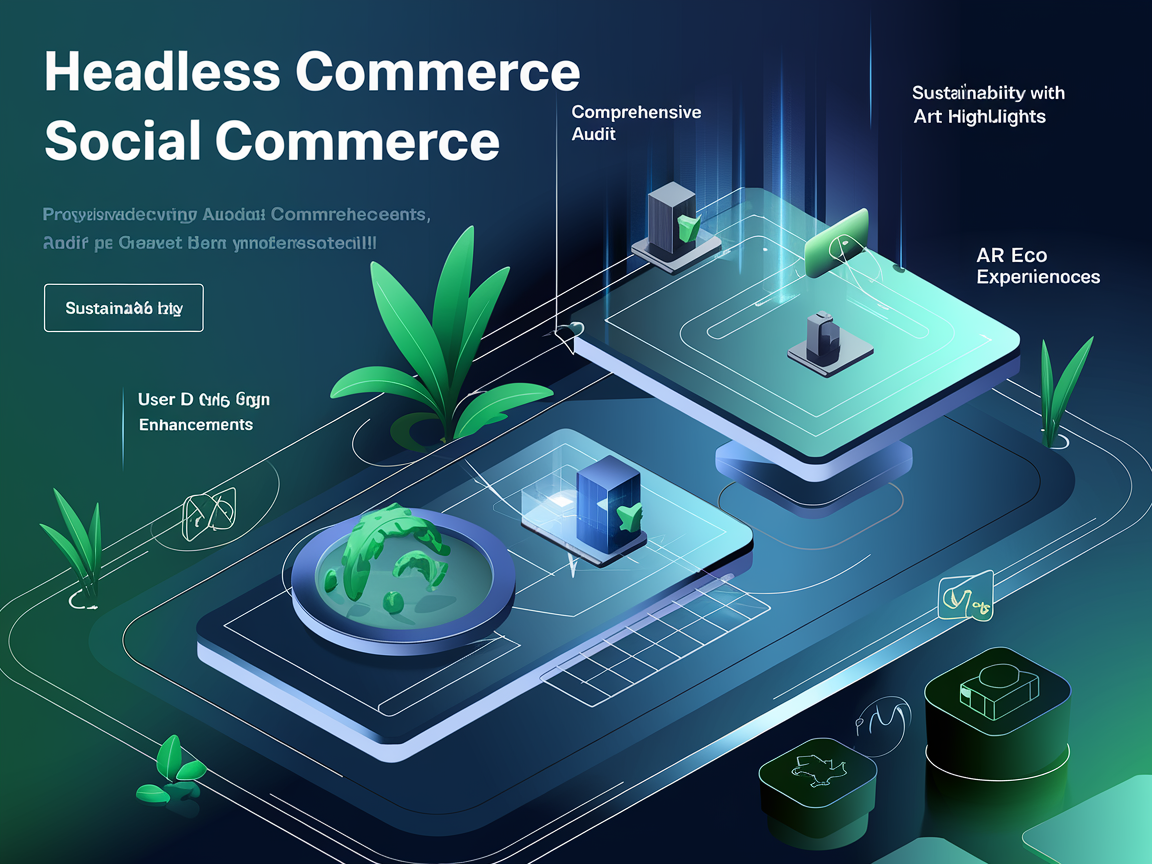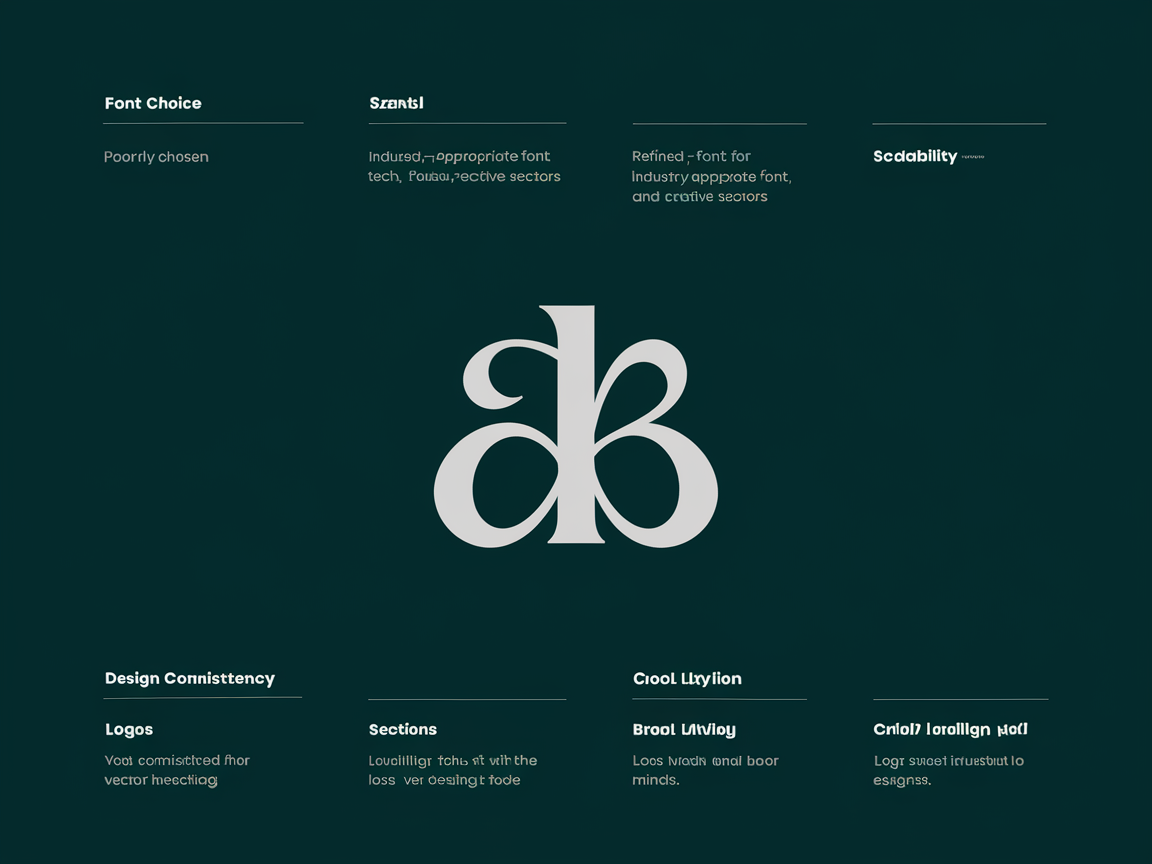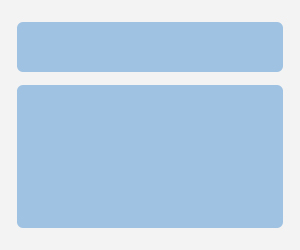Essential Resources and Design Practices for Modern Graphic and Web Designers
Introduction
In the fast-paced world of graphic and web design, staying current with the latest tools, resources, and design practices is not just an advantage—it's a necessity. Designers are more than creators; they are innovators constantly seeking ways to refine their craft and deliver standout solutions. This blog post is tailored to introduce essential resources and design practices every modern designer should incorporate into their workflow.
Indispensable Resources for Graphic Designers
Dribbble: A Dynamic Community Hub
Why is Dribbble essential for designers? Dribbble serves as more than just an online portfolio platform—it's a thriving community where designers showcase their work, gain inspiration, and receive invaluable feedback. Engaging here allows you to network and stay updated on emerging trends and techniques. The visual portfolios on Dribbble are instrumental in fostering creativity and innovation.
Pinterest: Optimizing for Inspiration
How can you maximize Pinterest's potential without getting overwhelmed? Pinterest is a goldmine for design ideas, but it's easy to lose focus amidst its vastness. To optimize its use, categorize your pins into specific boards based on projects or themes. This approach ensures you remain inspired without feeling overwhelmed, deriving maximum value and maintaining focus.
Flat UI Color Picker: Essential for Flat Design
Why is Flat UI Color Picker a must-have tool? For projects focused on flat design, this tool simplifies color scheme selection, offering an easy-to-use interface with hues that promote consistency and appeal. Efficient color selection can significantly impact project timelines and the final outcome, making this tool indispensable for designers prioritizing efficiency.
Implementing Material Color Palette Effectively
What role does the Material Color Palette play in design? It's critical for designers working within Google's Material Design guidelines. Utilizing these palettes helps maintain consistent, cohesive looks across projects. Bold and vibrant colors enhance usability and visual appeal, benefiting apps and websites significantly.
TinEye Labs Multicolr Search: Crafting Unique Schemes
How does this tool aid in color scheme creation? TinEye Labs Multicolr Search is invaluable for discovering complementary colors and patterns that underpin unique designs. It enhances your ability to create personalized color schemes, leading to more inventive and visually pleasing results.
Importance of Textures in Design with Subtle Pattern
Why should textures be part of your design toolkit? Textures and patterns add depth to designs, transforming flat visuals into dynamic experiences. Subtle Pattern offers a diverse array of free textures under Creative Commons. Thoughtful use of these textures can elevate website backgrounds or digital illustrations, enriching your projects.
Best Practices in Web Design
The Significance of Effective Website Design
What makes effective website design crucial? Beyond aesthetics, effective design profoundly impacts credibility, user experience, and brand perception. Well-crafted sites communicate trust and professionalism, seamlessly guiding users on their journey. Implementing essential design practices ensures a positive first impression, encouraging deeper engagement.
Navigating the Web Design Process
What does the design process entail? A comprehensive web design process involves several stages: requirements gathering, wireframing, coding, testing, and launching. Each phase is crucial for translating ideas into functional products. Integrating user research and content creation is essential, with ongoing maintenance to keep the site relevant and efficient.
Elements of a Successful Website
What elements contribute to website success?
- Clear Messaging: Ensure your message is straightforward and easy to understand.
- Intuitive Navigation: Make it easy for users to find what they need.
- Visual Appeal: Attract users with a polished and professional look.
- Technical Performance: Prioritize fast load times and responsive design.
- SEO and CTAs: Employ effective SEO strategies and strategically placed calls-to-action.
Together, these elements create a functional and engaging user experience that meets both user needs and business goals.
Approaching E-Commerce Site Design
How should e-commerce design be addressed? E-commerce sites require a focus on user-friendliness and functionality. Key features include:
- Clean Layout: Keep everything organized for easy navigation.
- Concise Content: Ensure product information is clear and useful.
- Effective Search Functionality: Help users quickly find what they're looking for.
- Comprehensive Footer Information: Include all necessary details users might seek.
These aspects facilitate straightforward transactions and enhance the shopping experience.
Conclusion
Staying relevant in the graphic and web design world demands a commitment to innovation and learning. By embracing new tools and best practices like those highlighted in this post, designers can enhance their creativity and improve project outcomes. Whether networking on Dribbble, seeking inspiration on Pinterest, or refining web design techniques, staying informed and adaptable is key to success.
Incorporating these resources and practices empowers designers to excel in their craft, equipping them to tackle modern design challenges. It's an ongoing journey, but with the right tools and strategies, achieving success in graphic and web design is always within reach.









